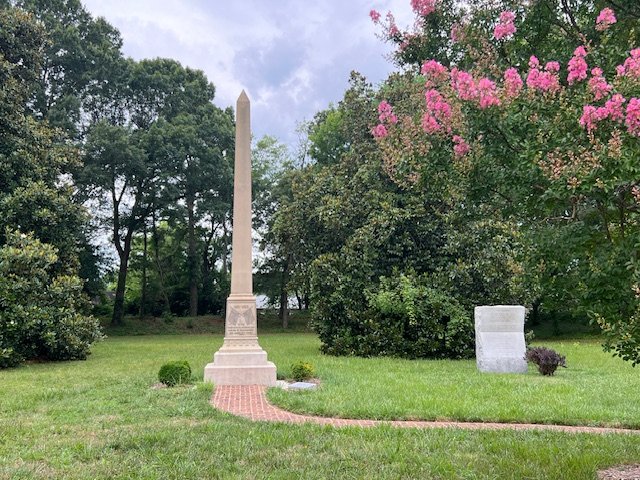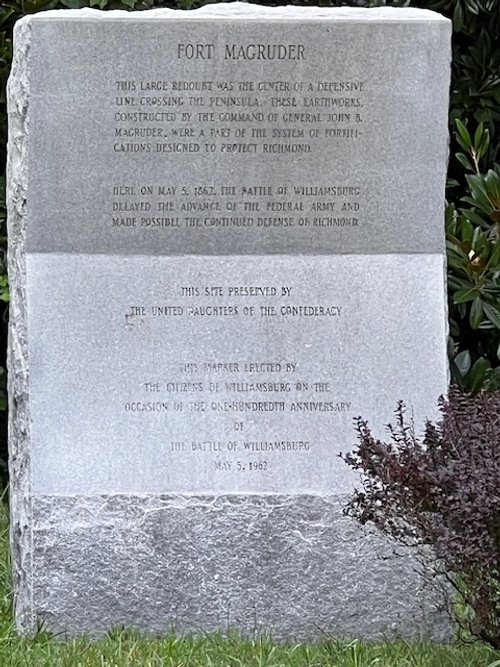The current debate over Confederate Monuments hinges in great part over intent - were they placed as racist symbols or were they in fact what seems self-evident - that they were placed as war memorials. When Chestertown, Maryland’s Civil War monument was dedicated (funded by a private citizen) in 1917, here is what the patron had to say:
MEMORIAL TO THE SOLDIERS OF KENT COUNTY,
MARYLAND.
ADDRESS BY JAMES A. PEARCE AT PRESENTATION OF MONUMENT TO CONFEDERATE AND FEDERAL SOLDIERS AT CHESTERTOWN, MD., AUGUST II, 1917.
In erecting this memorial to the Confederate and Union soldiers in the war of 1861, my motive was to pay just tribute to men whose convictions of right and duty in a great crisis of our country's history led them to devote their lives, their fortunes, and their sacred honor to the cause they each believed to be just and righteous; and in thus honoring them fifty years after the close of that great struggle my earnest hope is, at least in our own little county, to draw together the minds and hearts of our reunited people and to commit to oblivion the unhappy differences which then divided and distracted us.
This purpose in this day of peril to our liberties should appeal irresistibly to every thoughtful and patriotic man and woman in our midst, for the time has come when, however we may have differed in the past, we should feel that we are one nation, with one mind and heart upon the question of the day and hour, and with one fixed and high purpose—that the principles of free government shall not perish from the earth and that the blessings which out fathers bought with their blood we will defend and preserve with our own blood.
From the foundation of the Constitution of the United States to the close of the War between the States there were two distinct schools of constitutional construction in this country—one holding the doctrine of ultimate State sovereignty, embracing the right of withdrawal from the 'Union whenever the State should deem it essential to the preservation of its reserved rights; the other maintaining the absolute sovereignty of the Union and the denial of the right of withdrawalbfor any cause. These divergent views were held by men of equally distinguished ability as constitutional statesmen and of undisputed integrity and patriotism. The question was not sectional in its origin or its development. It grew out of honest differences of opinion upon fundamental principles inherent in the science of government and which were speedily brought into sharp conflict by the opposing material interests of the Northern and Southern States, resulting from different climatic and economic conditions and from the wide difference in the prevailing avocations of the sections. But the right to withdraw from the Union was frequently asserted as openly in the North as in the South.
In 1803 and 1804 there was an open and wide movement in the New England States for a Northern Confederacy, supported by such men as Timothy Pickering, Theophilus Parsons, and George Cabot. John Quincy Adams, in a discourse on the Constitution delivered in 1830, said : "To the people alone is there reserved as well the dissolving as the constituent powers, * * * and the people of each State * * * have the right to secede from the Confederated Union."







